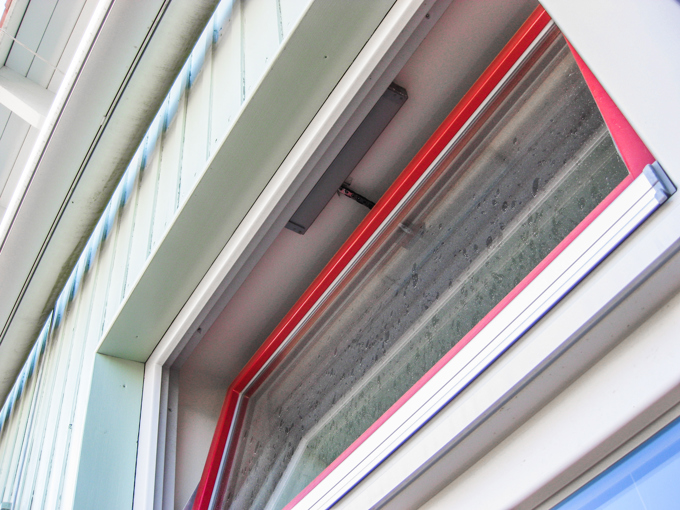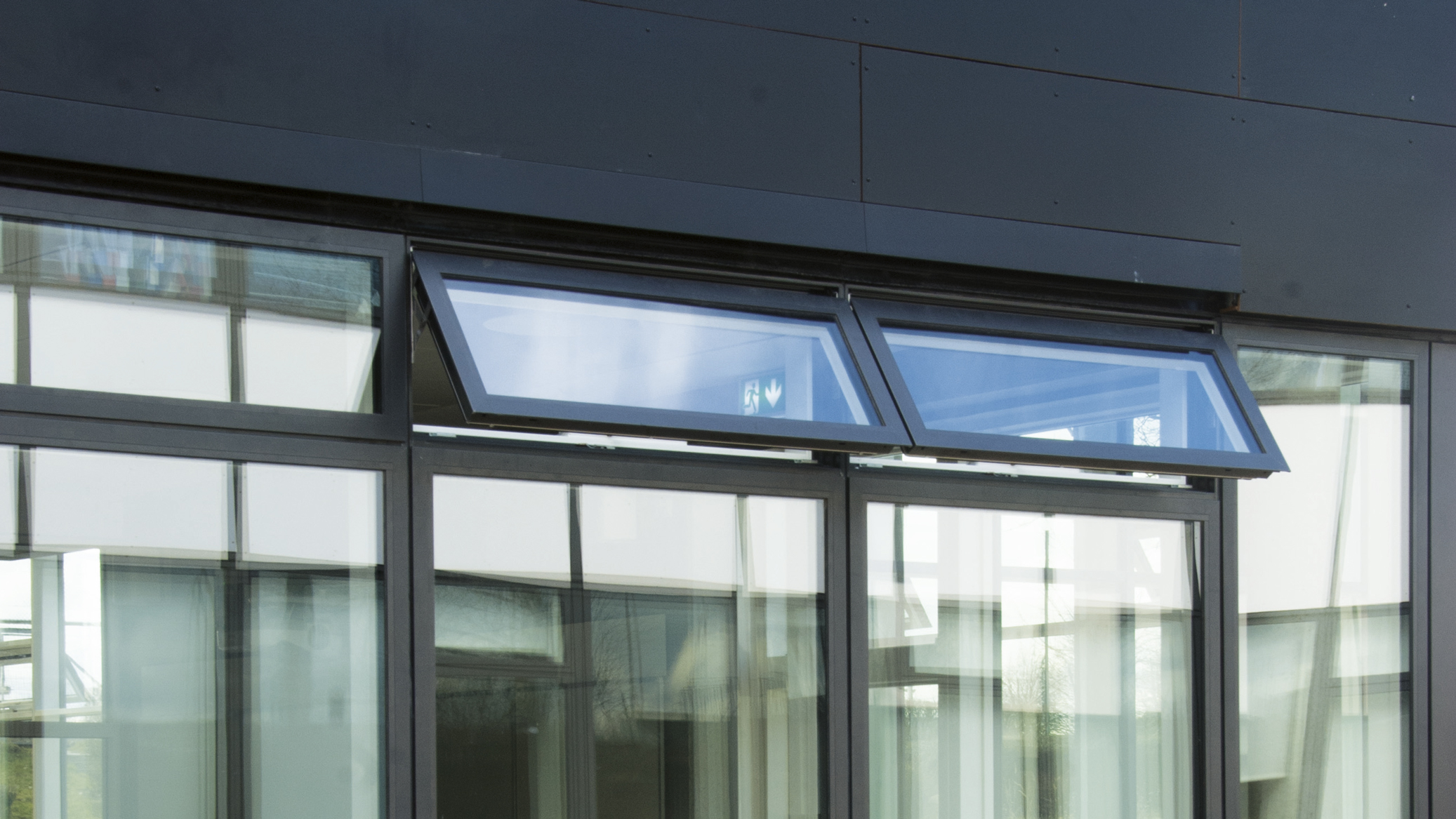At WindowMaster, we offer a range of actuators that can be tailored to suit your specific project needs. Actuators play a crucial role in natural ventilation management, working with window controllers in the opening and closing of windows and vents. But what exactly is an actuator and how does it work? Let us explore the basics of this essential component in natural ventilation systems.
What does an actuator do?
An actuator is a device that helps control the opening and closing of windows in a building. It is a crucial component in the overall system that enables natural ventilation management, making the operation of windows and vents safer and easier.
The actuator works in conjunction with a window controller, which receives a control signal from various sources, such as remote controls, apps, room sensors, or weather sensors, to prompt the actuators to physically move the windows. This means that by using a window controller, users can easily adjust ventilation and natural light levels without manual intervention. This system can be further enhanced by connecting multiple window controllers to create a comprehensive solution that can be synchronised with a central weather station for optimal performance.
Ultimately, the actuator plays a key role in ensuring that building openings are well-controlled, leading to improved comfort and satisfaction for occupants.
Contact us if you have any questions about finding the right actuator
WindowMaster actuators for your windows
WindowMaster offers a wide range of actuators designed to fit various window placements and types. Whether you have top-hung, side-hung, or bottom-hung windows, WindowMaster has the perfect actuator for your needs. With different dimensions and weight capacities available, you can find the right actuator to ensure smooth and efficient operation of your windows.

Find and specify the right actuator
To make the process of finding the right actuators even easier, WindowMaster provides an Actuator Finder. This tool helps you specify window actuators quickly and accurately for your building project. By inputting basic data about your window, such as size and type, the Actuator Finder will recommend the best actuator options for you. Additionally, the Actuator Finder tool offers more advanced input options for those with specific opening and mounting requirements. This ensures that you can find an actuator for even the most unique window setups. Not only does the Actuator Finder provide you with actuator options, but it also gives you access to product data and specification documents to help you make an informed decision. With WindowMaster actuators and our Actuator Finder, you can easily find the right solution for your window automation needs.
Try out The Actuator Finder
What to consider when choosing actuators
When choosing actuators for window automation, there are several factors you should consider to ensure that you select the right product for your specific needs: - Should you get a simple motor or a smart actuator? - Is the actuator for a high-risk location and needs extra safety? - Wiring and concealment of the device

Simple motor or smart actuator
One important consideration is whether you need a smart actuator with advanced features or a simple motor for basic open/close functions. The intelligence, programmability, and communication technology of window actuators can vary greatly between manufacturers, so it is essential to determine performance goals and requirements before making a decision. For many it is important to be able to control the opening frequency, degree, and timing of windows to achieve optimal airflow without causing uncomfortable drafts. Additionally, window actuators that can provide real-time feedback to a building management system (BMS) on faults or opening positions are highly preferred for seamless integration into larger automation systems.

Optimal safety functions
WindowMaster’s actuators have obstacle detection capabilities that are crucial for safety. These intelligent actuators can therefore detect obstructions and automatically reverse to prevent accidents or damage. Additionally, they can be connected to safety gaskets or flat scans. It is essential to discuss specific project requirements with suppliers to ensure that the actuator's obstacle detection function meets your needs.
Wiring and concealment
Another vital consideration when choosing actuators is the wiring routes and concealment options. Planning for wiring and actuator concealment during the specification and tender process can significantly impact the aesthetics of the window system. Utilising window profiles as conduits for actuator wiring or incorporating matching cover profiles can help maintain the overall design integrity of the building facade.
In applications with high loads, such as large roof lights, spindle actuators are commonly used. However, these actuators may protrude into the space when closed, affecting the visual appeal of the design. Chain actuators might be a better solution for such scenarios.
Overall, selecting the right actuators for window automation involves a thorough evaluation of performance requirements, safety considerations, and aesthetic preferences. By considering these factors and consulting with suppliers, you can choose actuators that meet your specific needs and enhance the functionality and appearance of the project’s window systems.
Contact WindowMaster today
If you have any questions about WindowMaster’s actuators, or any of our other products or services, do not hesitate to contact us. Whether you have inquiries about our innovative ventilation solutions or need support with installation and maintenance, we are here to help. Our team of specialists are always available to provide assistance and guidance to ensure you have the information you need to make informed decisions. Reach out to us via phone or email, and we will be happy to assist you.
Contact us

